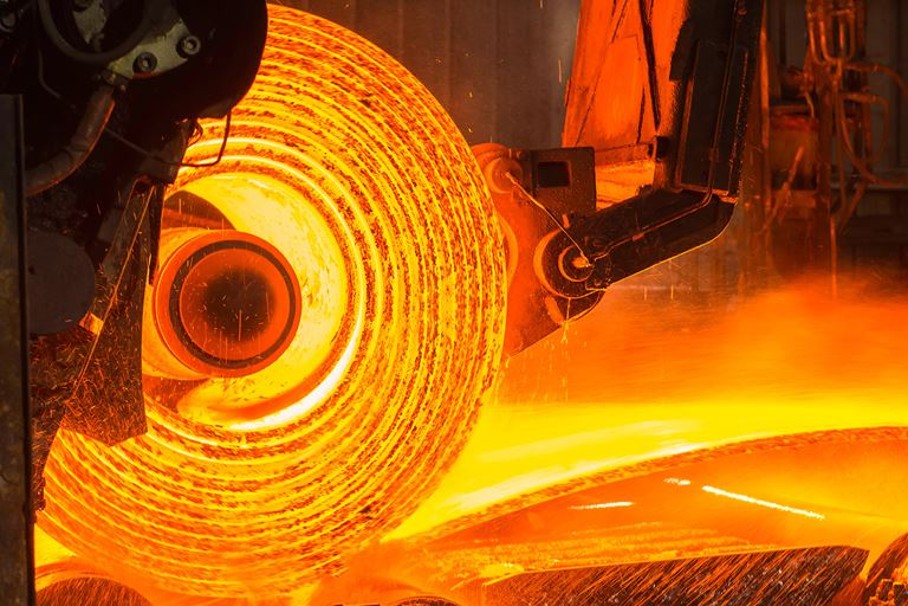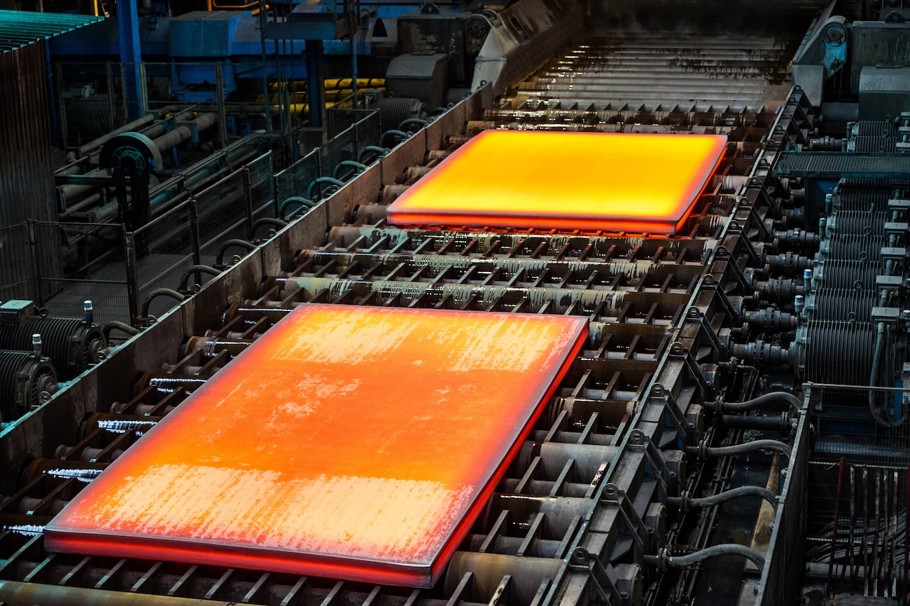Prices
April 1, 2024
Miller on scrap: Hope for a bottom in the US market
Written by Stephen Miller
There is growing hope that the US scrap market has bottomed, according to industry sources.
The steep price declines in March may have ushered in a floor because dealers say their stocks are a bit depleted. Their concern: that the flow of obsoletes could be cut severely with any further drop in prices.
Is this wishful thinking, or do the fundamentals support the prediction of a market bottom? Let’s take a look!
Market commentary
The flow of shredded feed has been adequate, but the price of it keeps rising from early/mid-March. Lately, the Northeast and Ohio Valley have had continuing winter conditions. This has not helped flows into shredders or of other grades into scrap processors.
According to one shredder supplier in the Ohio Valley, prices for shredder feed were not drawing much at down by $50 per gross ton (gt). Shredders therefore bumped up the price $20/gt to obtain material. This supports the prediction of a sideways market, at least for April.
The bulk export markets on the East Coast and Gulf Coast have increased significantly over the last week. The lowest priced sale of HMS 80/20 occurred mid-month at $376 per metric ton (mt) CFR Turkey. More recently, a US cargo was sold for $389/mt CFR. That is a $22/mt increase in short order.
As for the West Coast export market, “we have reached a bottom,” an industry veteran said. Such comments dovetail with Phil Hoffman’s assessment that a bottom in Asian scrap markets could put a floor under US scrap prices.
Pig iron markets are firming up as well. Brazilian prices have risen about $15/mt to $465/mt CFR New Orleans. They are expected to rise another $10/mt on the next sales for June shipment, according to a US-based pig iron trader.
What’s in question is the extent of steel mill outages or production cutbacks. Those could affect demand for scrap.
But in checking with scrap processors about the level of manufacturing activity, especially as it relates to automotive, most think business is still strong. They said prompt scrap generation from automotive has not decreased. So, clearly that sector is still using plenty of steel.
The takeaway
Given these mostly bullish factors, the April scrap market shows little weakness. The market would be best to trade sideways, and most dealers we contacted would support this. But any further decreases in mill pricing would be a risky bet, as scrap flows could quickly dry up.







